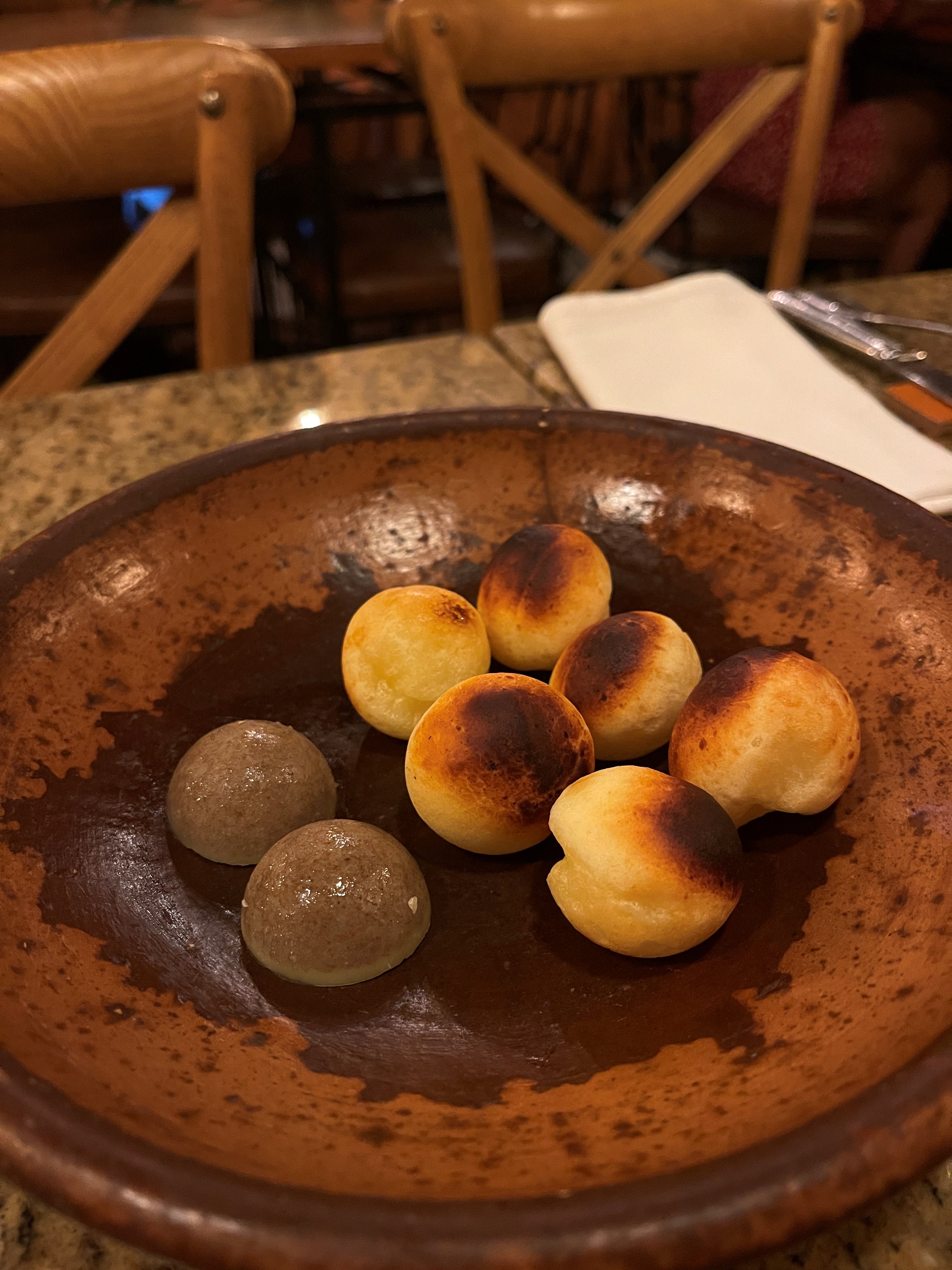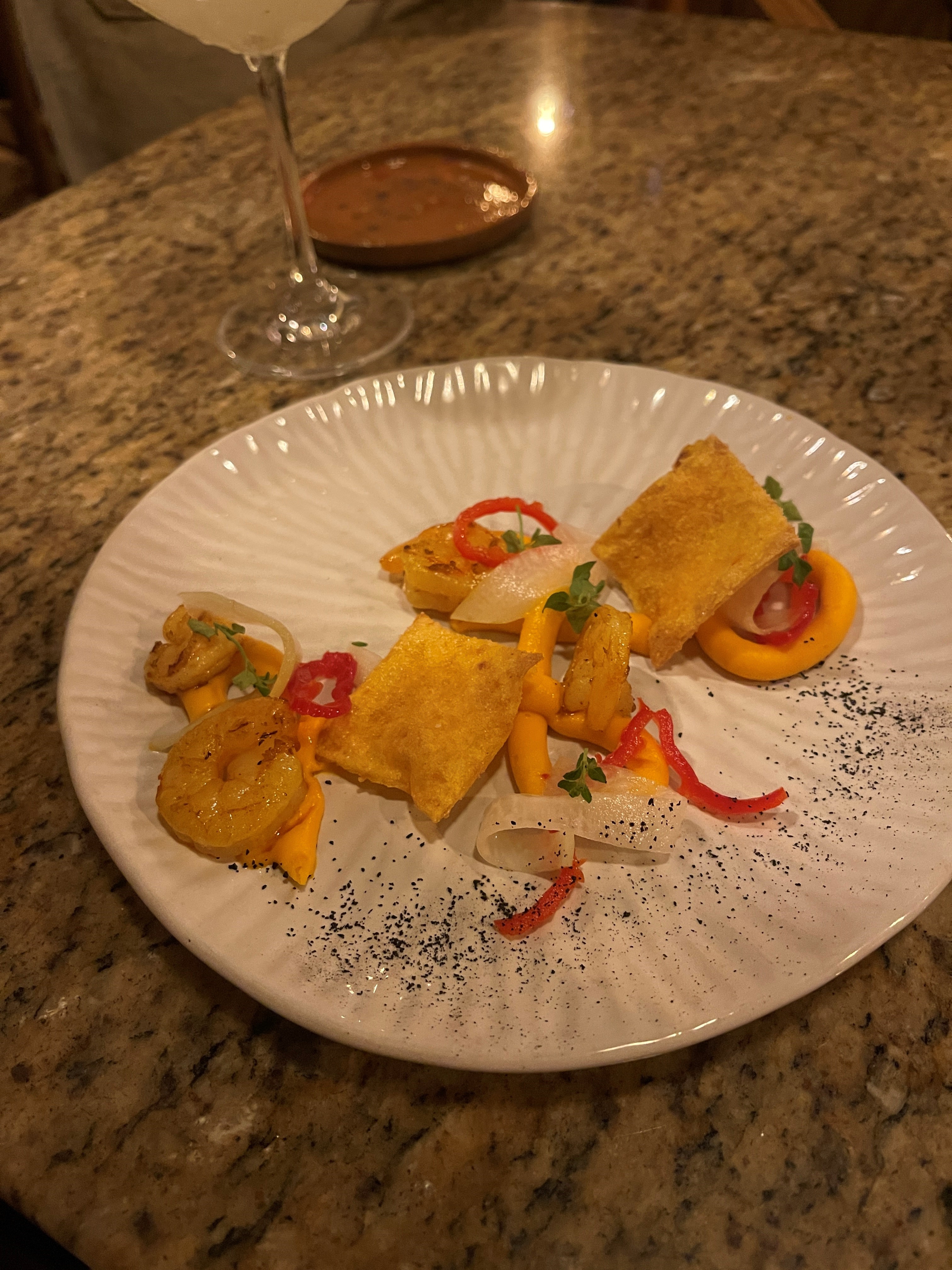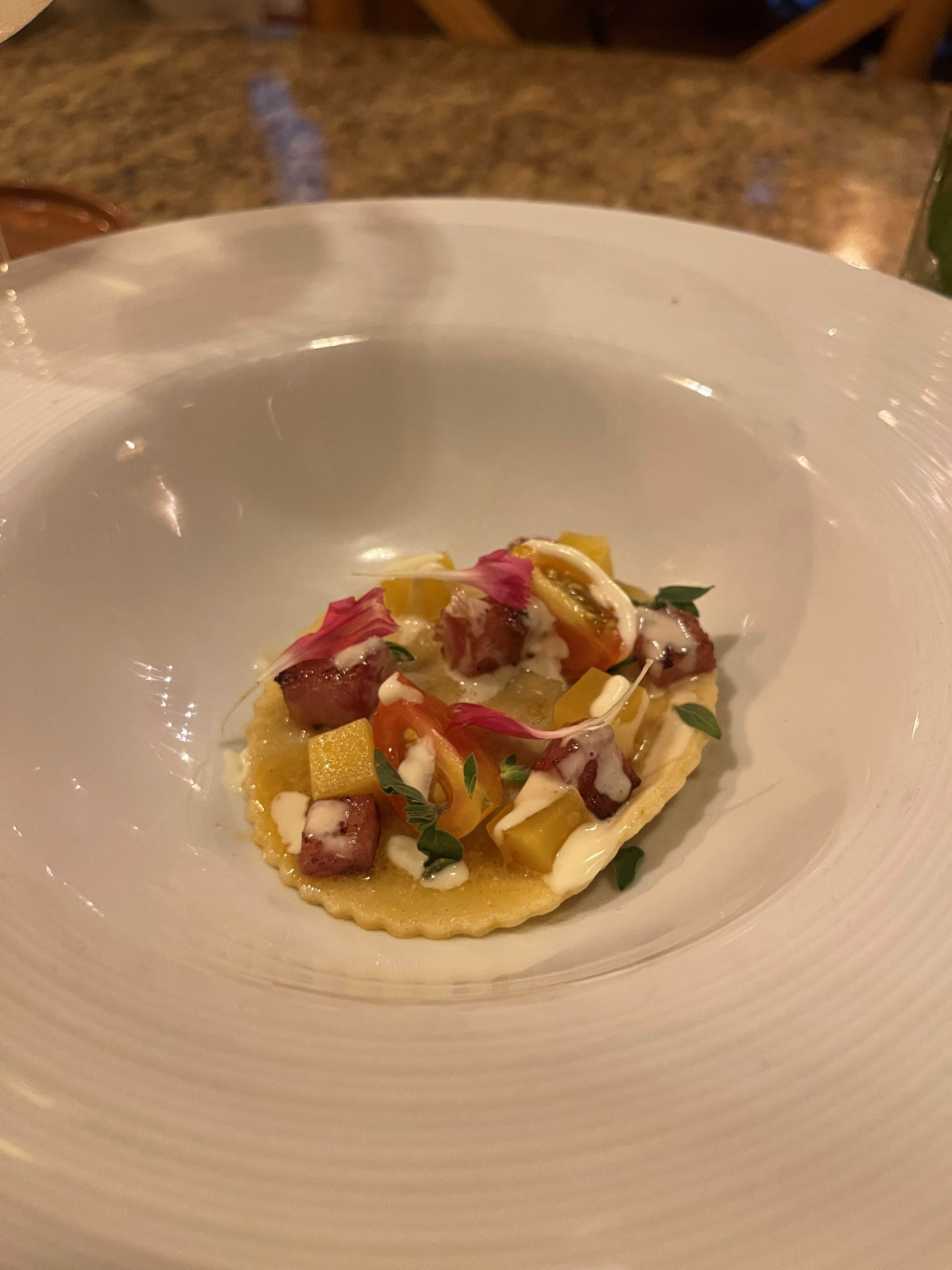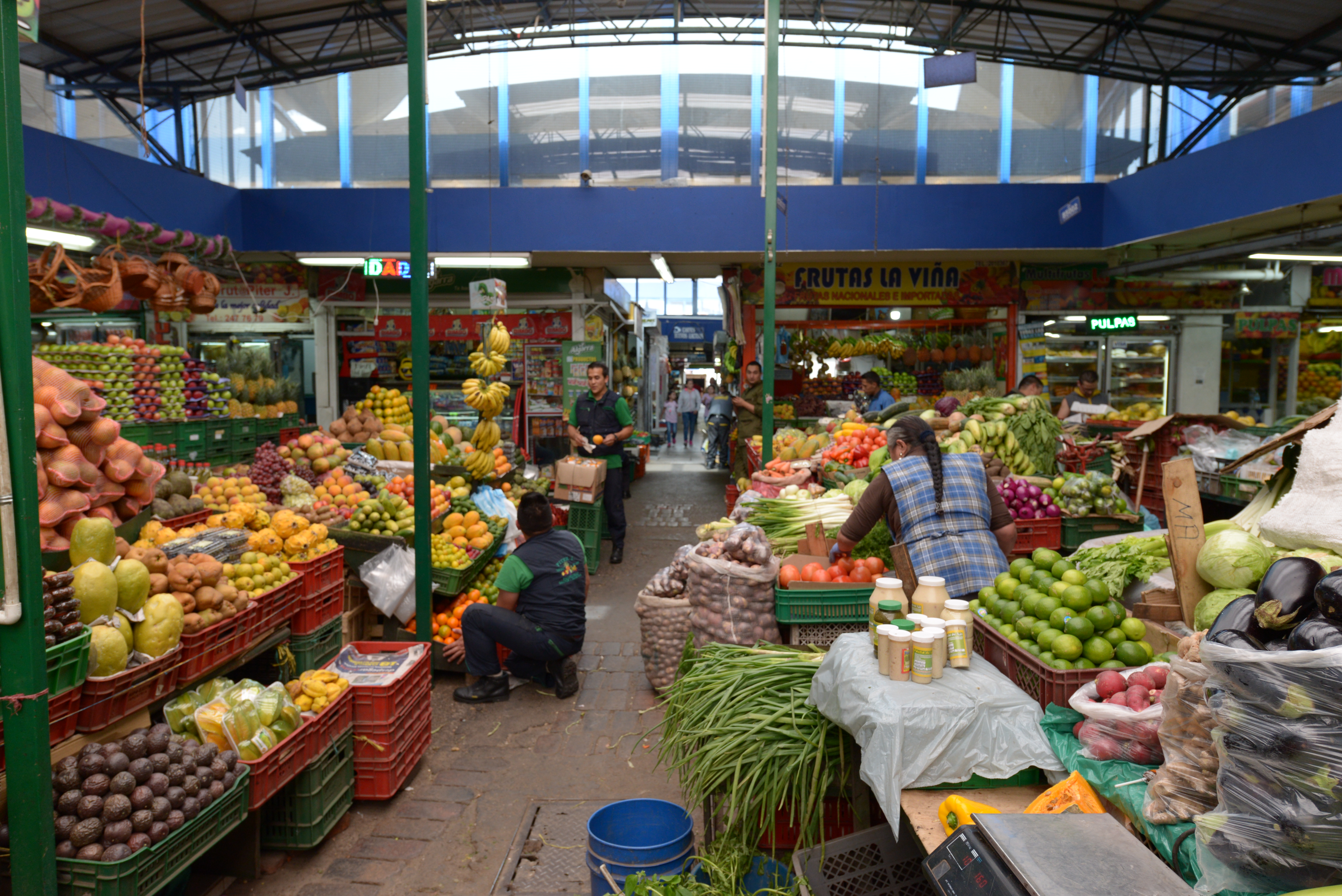A
carefully curated menu that emphasizes fresh, organic local ingredients across various dishes that bridge from staple commodity to complex flavor. How many restaurants come to mind that uphold this standard with confidence, especially in your own backyard?
For me, they’re few and far between, and likely costing a pretty penny to enjoy.
As an American, I’m accustomed to “prepackaged flavor” when it comes to a majority of dining establishments local to me. Where big-name players prioritize convenience over creativity, and costs at the expense of quality. Can you almost taste the freezer burn?
During my visit to Colombia in November, the biggest difference for me when taking a drive through the streets and neighborhoods of Valle del Cauca’s capital city Cali was the utter lack of commercialized fast-food chains or establishments. Here, residents have a taste for homegrown, authentic, unrushed cuisine, resulting in an impressive array of food and beverage choices at every turn. It was a welcome culture shock.
The culinary experience of a lifetime to one person is a daily occurrence for Waunana Restaurante in Cali. This restaurant alone is a perfect example of Valle del Cauca’s focus on utilizing locally grown produce and fostering close relationships with local farmers and vendors to ensure quality and freshness
A look into one six-course dinner:

Fluffy traditional pan de bono paired with a uniquely tart butter infused with Colombia’s signature lulo fruit

Savory shrimp highlighted by a creamy chipotle crema and a kick from the chili pepper garnish

An ideally crisp pork belly supported on a bed of perfectly whipped potatoes

Made-to-order pumpkin ravioli that finds flawless cohesion with complementing bites of bacon and cheese

Rich chocolate brownies topped with soft blackberry sorbet
Even beyond my dining experience at Waunana, every meal I had in the city was — no exaggeration — the most authentic-tasting food I’ve ever had. I could quite literally taste and identify every ingredient used. It was simple and to the point, but by no means did I equate its simplicity with lack of flavor. Produce harvested and used at its peak offers unrivaled flavor that doesn’t beg for the support of salts, over-seasoning or a dressing.
And Cali, it turns out, is perfectly positioned for peak food experiences.
A Natural Standout
Valle del Cauca is located in southwestern Colombia, with a Pacific Ocean coastline to the west and fertile farmland leading into the Andes Mountains to the east. These geological factors support what can be considered the best region of the country for the agricultural industry.
Data shows that Valle del Cauca represents 22% of Colombia’s industry and over 35% of the country’s total agriculture production. It’s also home to Buenaventura Port, responsible for nearly 43% of the nation’s foreign trade.
Out of the entire fertile country, this region holds the largest portion of agro-industrial cropland at more than 1.7 million acres. Preferable climate and geographical position ensure year-round harvests, making it no wonder that global companies Cargill, Coca-Cola, Grupo Bimbo, Nestle and Unilever have operated from Valle del Cauca for years. Hundreds of homegrown businesses and vendors also capitalize on the region’s agricultural richness — including a cultivated, skilled and concentrated a workforce.
Cargill arrived in Valle del Cauca in 1966, aiming to expand its global portfolio with grains produced in Zarzal. In 2023, located over two hours from Cali, Cargill completed an expansion project that adds an additional 32% capacity to the site. This investment was made with the future in mind, which the company states will help sustain demand over the next decade. The company has entered its 58th year of operations at this location and by modernizing this facility — making aspects of logistics and sustainability top priority — Cargill has highlighed the importance of this distribution center. According to Site Selection’s Conway Projects Database, this investment created 300 new jobs in the region.
For companies looking to take advantage of what Valle del Cauca’s industry has to offer, space is not an issue. Depending on business needs, economic development organizations such as ProColombia and InvestPacific are ready and available to scout out the perfect site. Investment opportunities outlined by ProColombia include:
-
Investment in machinery for phytosanitary treatment in order to facilitate the sanitary access of fruits such as papaya and pitahaya, among others;
-
Development of strategic alliances with local fruit and vegetable owners and producers to take advantage of the wide fruit and vegetable aptitude available in the country;
-
Construction of collection centers for Colombian fruits for their proper selection, preparation and export.
-
Establishment of plants with Individually Quick Frozen (IQF) product lines in order to take advantage of the access of this class of products to countries with which there are trade agreements and with third countries.
More than ever, consumers like me have a preference for freshness. For companies that prioritize organic fruits and vegetables harvested at their peak, Colombia looks to welcome long-lasting future operations.

